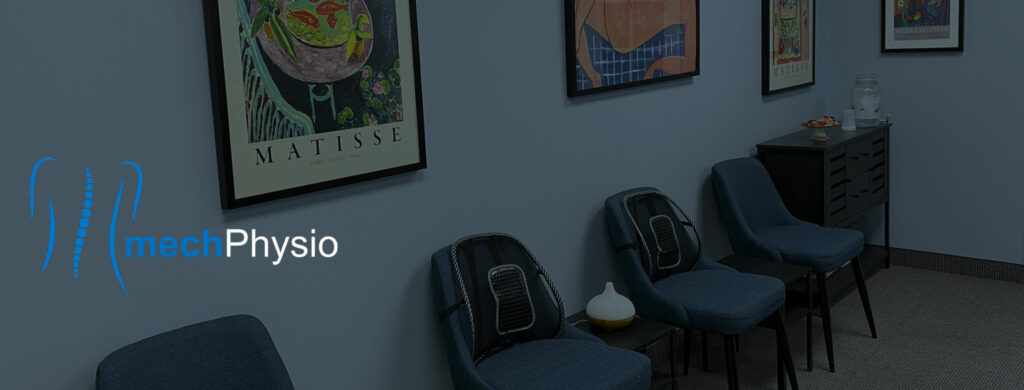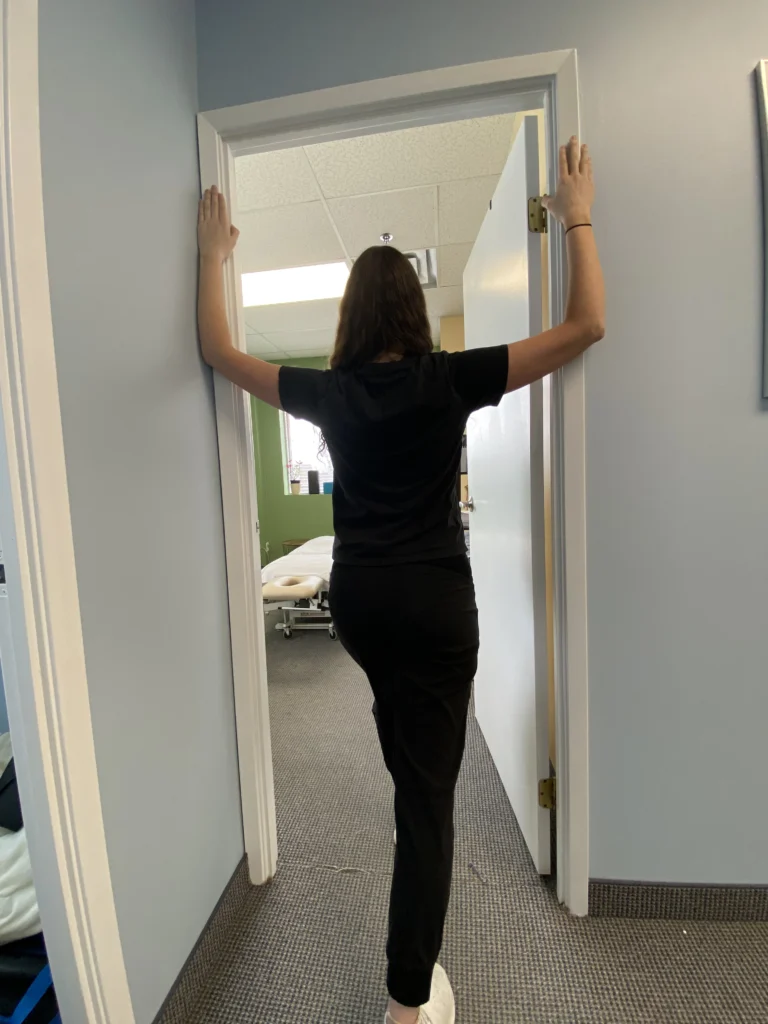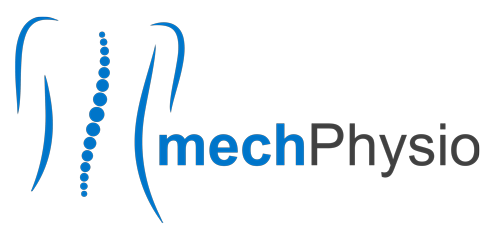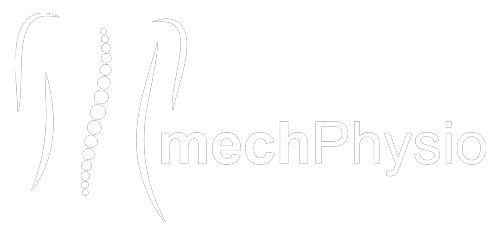
Tech Neck, also known as “Text Neck,” is a condition caused by repetitive forward head posture that commonly occurs when using electronic devices such as smartphones, tablets, and laptops. When the head is constantly held in a forward and downward position, as is often the case when using electronic devices, it can put a significant amount of stress on the neck and upper back muscles and joints.
The constant strain from tech neck can lead to a variety of symptoms, including neck pain, upper back pain, headaches, and shoulder pain. In severe cases, it can also lead to nerve damage or disc degeneration.
To prevent tech neck, it’s important to be mindful of your posture while using electronic devices. Try to keep your head and neck in a neutral position, with your ears directly above your shoulders, and take frequent breaks to stretch your neck and upper back muscles.
If you’re experiencing symptoms of tech neck, a physiotherapist can help you develop a treatment plan that may include manual therapy, exercise, and postural education. By addressing the underlying causes of tech neck and developing healthy habits, you can reduce your risk of further pain and discomfort.
Book your session today and experience the benefits of regular physiotherapy without the worry of high costs!
Your MechPhysio stretch for the weekend is:
Doorway Stretch!
Here are some of the benefits of the doorway stretch:
- Improves posture: The doorway stretch can help open up your chest and shoulders, which can improve your posture. By stretching the muscles that tend to get tight and shorten from prolonged sitting or standing, the doorway stretch can help you stand up straighter and taller.
- Relieves tension: Many people carry tension in their chest, shoulders, and arms, especially if they sit at a desk or use a computer for long periods of time. The doorway stretch can help relieve this tension by stretching these muscles and promoting relaxation.
- Enhances flexibility: Regularly performing the doorway stretch can improve your flexibility in your chest, shoulders, and arms. This can help you move more freely and easily in your daily activities.
- Increases range of motion: Stretching your chest and shoulders can help improve your range of motion in these joints. This can be especially beneficial if you participate in activities that involve overhead movements, such as tennis, swimming, or weightlifting.
- Reduces risk of injury: By stretching your chest and shoulders regularly, you can reduce your risk of injury in these areas. Tight chest and shoulder muscles can contribute to poor posture, shoulder impingement, and other issues, so keeping them flexible and supple can help prevent these problems.
Overall, the doorway stretch is a simple and effective stretch that can offer many benefits for your upper body. Incorporate it into your daily routine to reap the rewards!
Overall, stretching your hip flexors can improve your mobility, reduce your risk of injury, and alleviate pain, making it a beneficial practice for anyone looking to improve their overall health and fitness.
Here are the steps to perform a doorway stretch:
- Find a doorway: Stand facing a doorway with your feet shoulder-width apart. Raise your arms and place your hands on the door frame, with your palms facing forward and your arms at a 90-degree angle.
- Step forward: Take a small step forward with one foot, while keeping your arms and hands in place on the door frame. Make sure you feel a gentle stretch in your chest and shoulders.
- Hold the stretch: Hold the stretch for 15 to 30 seconds, while breathing deeply and relaxing your shoulders.

4. Release the stretch: Step back with your foot and slowly release your arms from the door frame.
5. Repeat on the other side: Step forward with your other foot and repeat the stretch.
Tips & Tricks
- If you experience any pain or discomfort, stop the stretch immediately.
- Start with a smaller step forward if you’re new to this stretch, and gradually increase the distance as you become more comfortable.
- Try to keep your shoulders relaxed and avoid arching your back.
- You can do this stretch several times a day to help relieve tension in your chest and shoulders.
I hope this helps you perform a doorway stretch effectively! Remember to listen to your body and only stretch to the point of mild discomfort, not pain.

